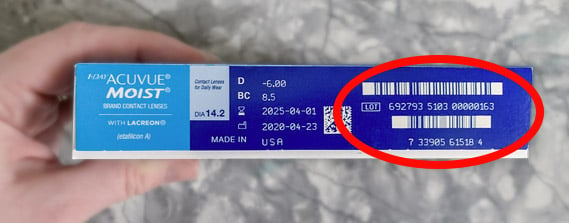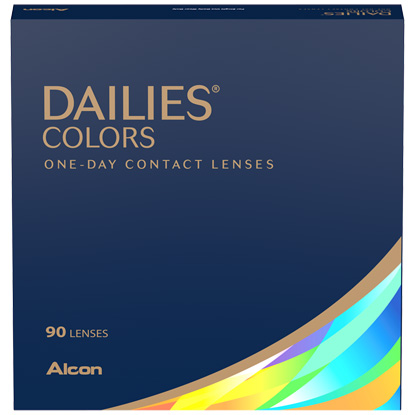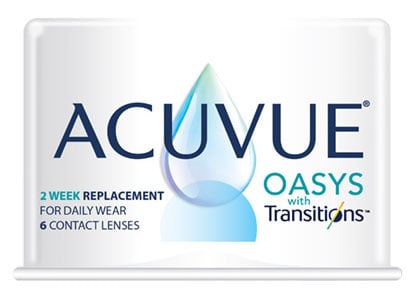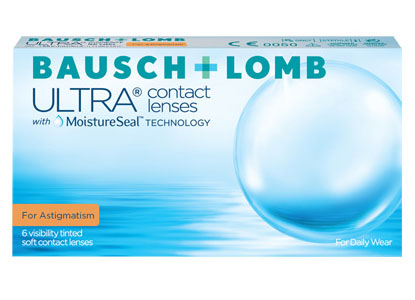Disposable Soft Contact Lenses
The majority of the contact lenses worn today are known as “soft contact lenses.” These lenses are made from soft, gel-like plastics that are thin and pliable. Also known as disposable contacts, these are meant to be worn during the day for a specified period of time and then discarded.
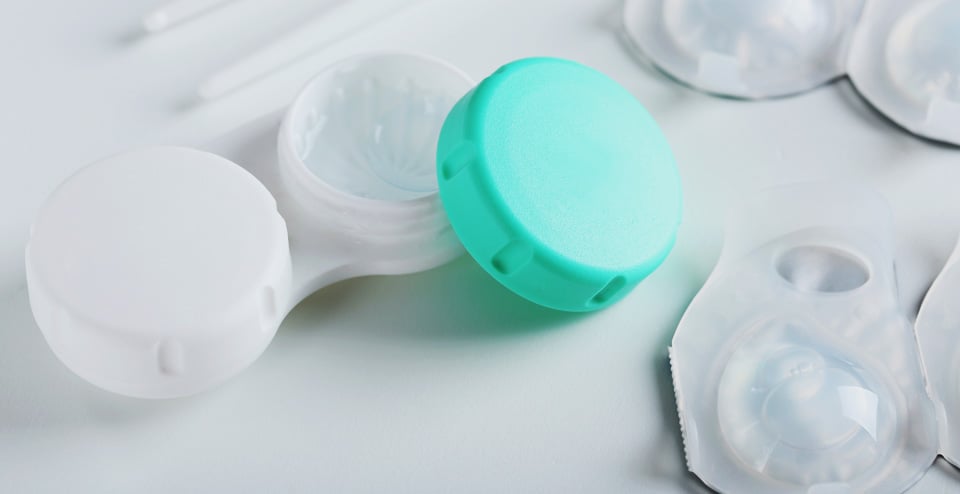
History of Soft Contact Lenses
The introduction of soft contact lenses came in 1971. Since they were made out of hydrogel, they were instantly more comfortable than the only other alternative—hard contacts. Hard contacts were made out of polymethyl methacrylate (PMMA), a rigid plastic material. These still exist today, but have mostly been replaced with rigid gas permeable (RGP) lenses. Soft, hydrogel contact lenses are still frequently used today.
Hydrogel vs. Silicone Hydrogel
After the invention of hydrogel lenses, silicone hydrogel contacts came out 31 years later in 2002. Silicone hydrogel contact lenses are the latest material for soft contacts. Silicone is a gel-like consistency that is flexible, breathable, and altogether more comfortable compared to other lens materials. Because of their higher oxygen permeability, your eyes will be less dry and at a lower risk of infection. Silicone hydrogel lenses are now the most popular type of contact lens.
Disposable Contacts Wear Schedules
Types of Disposable Contacts Lens Design
- Spherical Contact Lens: Spherical lenses have the same power throughout the entire lens.
- Multifocal Contact Lens: These lenses have both nearsighted and farsighted prescriptions blended together in one lens. These can also be referred to as presbyopia contacts.
- Toric Contact Lens: Toric lenses correct astigmatism.
- Colored Contact Lens: Colored contacts correct your vision while also changing the appearance of your eye color.
New Technologies in Soft Contacts
A lot has changed with soft contacts since the 70s. Advancements in technology has allowed brands to update their lenses with new improvements for comfort, convenience, and more.

